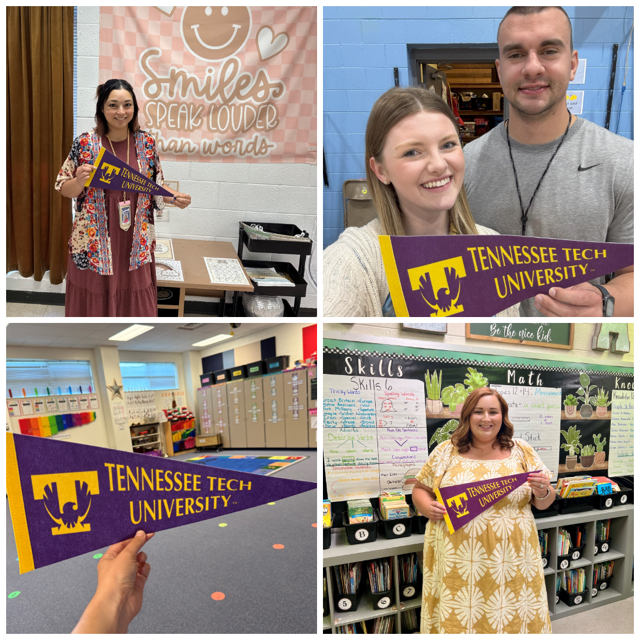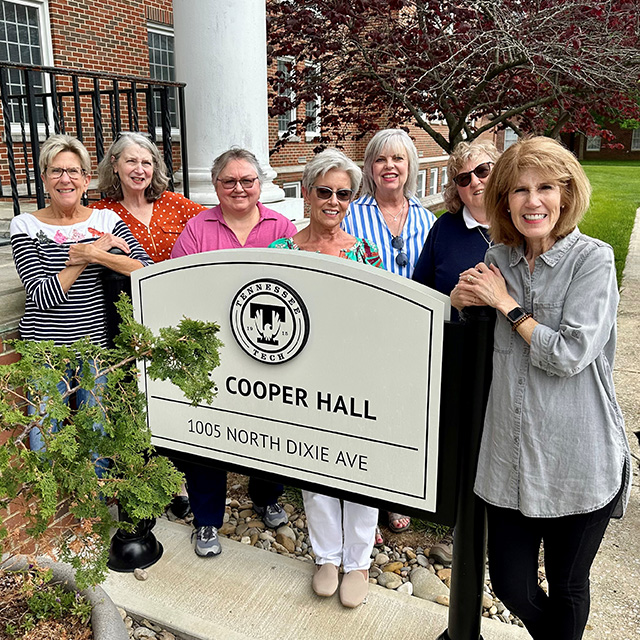
The Alumnus
The Alumnus is the Crawford Alumni Center’s exclusive monthly e-newsletter for Tennessee Tech graduates and friends. Delivered straight to your inbox, each issue brings you inspiring stories from the Tech community, the latest campus news, alumni accomplishments and a full calendar of exciting activities—including networking events, travel opportunities and interactive features like trivia and photo contests.
You’ll also find announcements about upcoming events and highlights from recent gatherings, so you can stay engaged with the Golden Eagle community no matter where you are.
Subscribe today, and stay connected to everything happening at Tennessee Tech!
Celebrating 100 Years of Golden Eagles
This special commemorative edition of The Alumnus celebrates 100 years of the Golden Eagle mascot at Tennessee Tech.
Read this special edition of The Alumnus (PDF) »
You can also check out last year’s commemorative edition, celebrating 100 years of The Oracle student newspaper (PDF) »
Here are a few highlights from recent editions of The Alumnus:

We always knew our alumni had serious Tennessee Tech spirit, but we have especially loved seeing your pets show off their Tech spirit, too! Thank you to everyone who shared a photo of their furry (or feathered) friend rocking a Tennessee Tech bandana.
To see all of the adorable pet photos, be sure to follow us on Facebook and Instagram.
#TennesseeTechPets
- The Alumnus June 2025

We loved celebrating our Tennessee Tech alumni educators for Teacher Appreciation Week! From sparking a love for music and reading to building lifelong relationships and celebrating every student win, these Golden Eagle educators pour their heart into their students and communities every day. We asked alumni to share their favorite part about being a teacher, and as a thank you, we mailed them a Tennessee Tech pennant to hang in their classroom.
- The Alumnus May 2025

A group of Tennessee Tech alumnae recently reunited in Cookeville to relive cherished memories from their college days. Amelia Beard Cohagan, Tammy McCarroll-Burroughs, Laurie King Stone, JoNell O'Connor, Becky Rawls Buckley, Ginny Combs Stevens, Tammy Holt Dillon and Leta Winningham Dalton all once called the same residence hall home -- known as "Unit B" when they moved in back in 1976, and later named M.S. Cooper Hall in honor of Mattie Sue Cooper.
- The Alumnus May 2025

